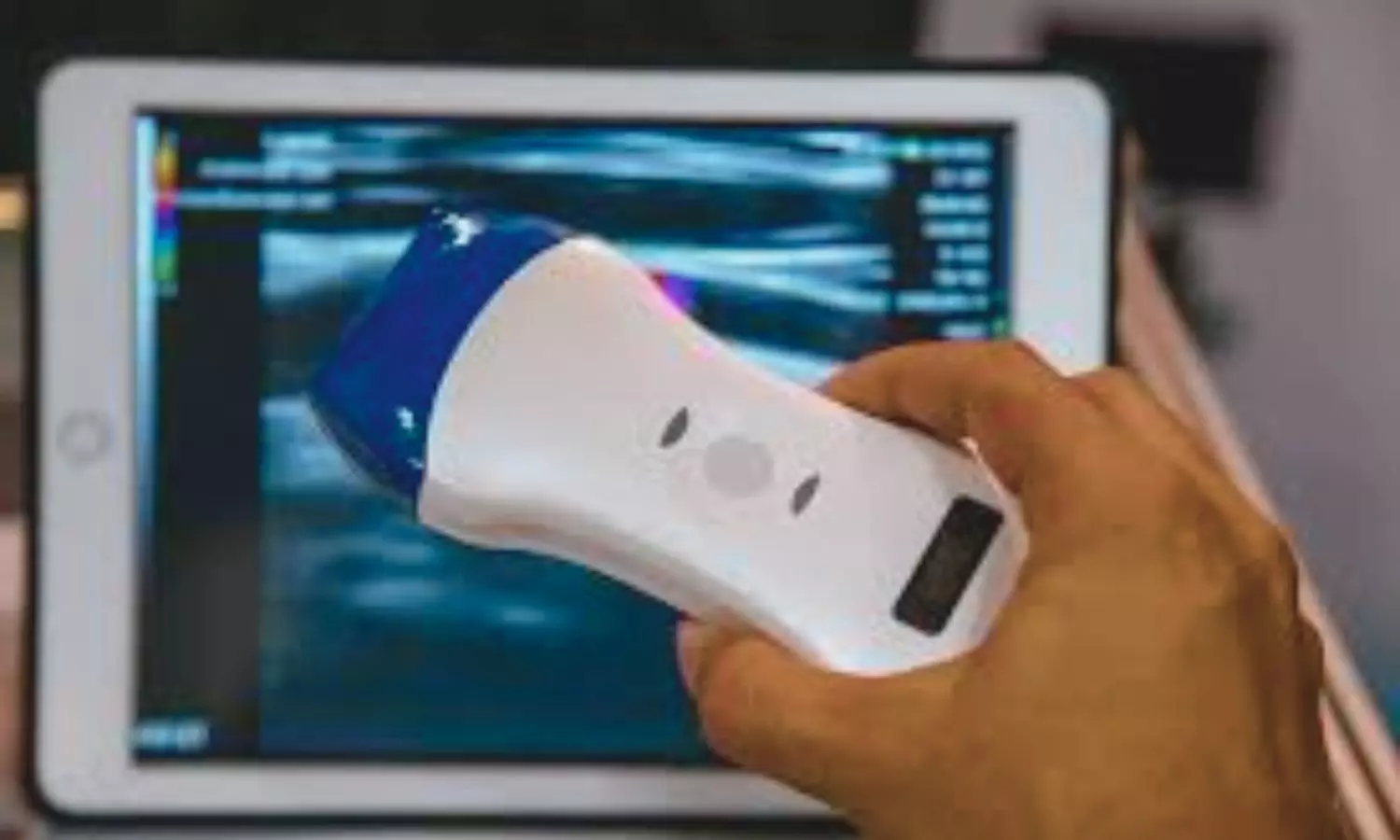Mediterranean diet combined with calorie reduction and exercise may reduce risk of type 2 diabetes
Powered by WPeMatico
Powered by WPeMatico
Powered by WPeMatico
Powered by WPeMatico
Powered by WPeMatico
Powered by WPeMatico
Powered by WPeMatico
Powered by WPeMatico

China: A new secondary analysis of the Catheter Ablation vs Anti-Arrhythmic Drug Therapy for Atrial Fibrillation (CABANA) trial suggests that the benefit of catheter ablation over drug therapy in atrial fibrillation (AF) largely depends on the patient’s burden of non-modifiable recurrence risk factors (NMRRFs).
Powered by WPeMatico

In a large-scale multinational study involving over 400,000 women and men aged 37 to 70 years from six European countries, researchers from the University of Vienna, in collaboration with the International Agency for Research on Cancer (IARC) (France) and the Kyung Hee University (Republic of Korea), investigated dietary habits and disease trajectories. The comprehensive data analysis shows that a plant-based diet is associated with reduced risk of multimorbidity of cancer and cardiometabolic diseases. The study has been published in the journal The Lancet Healthy Longevity.
The study used data from two large European cohort studies, the European Prospective Investigation into Cancer and Nutrition (EPIC) study and UK Biobank. Based on data from six European countries (Italy, Spain, the United Kingdom, Germany, the Netherlands, and Denmark), the researchers provide further evidence that plant-based dietary habits can influence the development of multimorbidity. Results from the UK Biobank, for example, showed that adults with a higher adherence to a plant-based diet had a 32% lower risk of multimorbidity compared to those with a lower adherence. “You don’t have to cut out animal products entirely, “said study lead and nutritional epidemiologist Reynalda Córdova. “Shifting towards a more plant-based diet can already have a positive impact.” The study also examined differences in the risk of multimorbidity between middle-aged and older adults. Higher adherence to a plant-based diet was associated with a lower risk of cancer and cardiometabolic multimorbidity in both adults younger than 60 years and in those aged 60 years or older. Multimorbidity describes the occurrence of two or more chronic diseases in one person and is a growing health problem worldwide, particularly among adults 60 years and older.
The results: A stronger adherence to a healthy plant-based diet was associated with a lower risk of cancer, cardiometabolic disease (diabetes and cardiovascular diseases), and multimorbidity, both in adults under 60 and those over 60. “Our study highlights that a healthy, plant-based diet not only influences individual chronic diseases but can also reduce the risk of developing multiple chronic diseases at the same time, in both middle-aged and older people,” Córdova summarized.
“The results show how important a predominantly plant-based diet is for our health and thus reinforce the new Austrian dietary recommendations, which emphasize plant-based food with a low proportion of animal-based foods. A co-benefit of a plant-based diet are lower greenhouse gas emissions and land use,” adds Karl-Heinz Wagner form the University of Vienna, co-author of the study and president of the Austrian Society for Nutrition.
A healthy plant-based dietary pattern included for example, a higher intake of fruits, vegetables, whole grains, legumes and vegan sausages or burgers and a lower intake of meat and meat products. The findings suggest that a diet consisting mainly of healthy plant foods and small amounts of animal-based foods can contribute to maintaining health into older age.
The authors conclude that dietary guidelines, public health measures, and interventions should consider that a diet primarily composed of plant-based foods with small amounts of animal-based products may help prevent multimorbidity related to cancer and cardiometabolic diseases.
Reference:
Córdova, Reynalda et al., Plant-based dietary patterns and age-specific risk of multimorbidity of cancer and cardiometabolic diseases: a prospective analysis, The Lancet Healthy Longevity, DOI:10.1016/j.lanhl.2025.100742
Powered by WPeMatico

China: Researchers have found in a recent study that portable handheld ultrasound devices can provide reliable VExUS (Venous Excess Ultrasound) assessments in critically ill patients while significantly reducing examination time compared to conventional ultrasound. The findings, published in the Journal of Critical Care, suggest that this approach can enhance efficiency in intensive care units (ICUs) without compromising diagnostic accuracy.
Powered by WPeMatico
